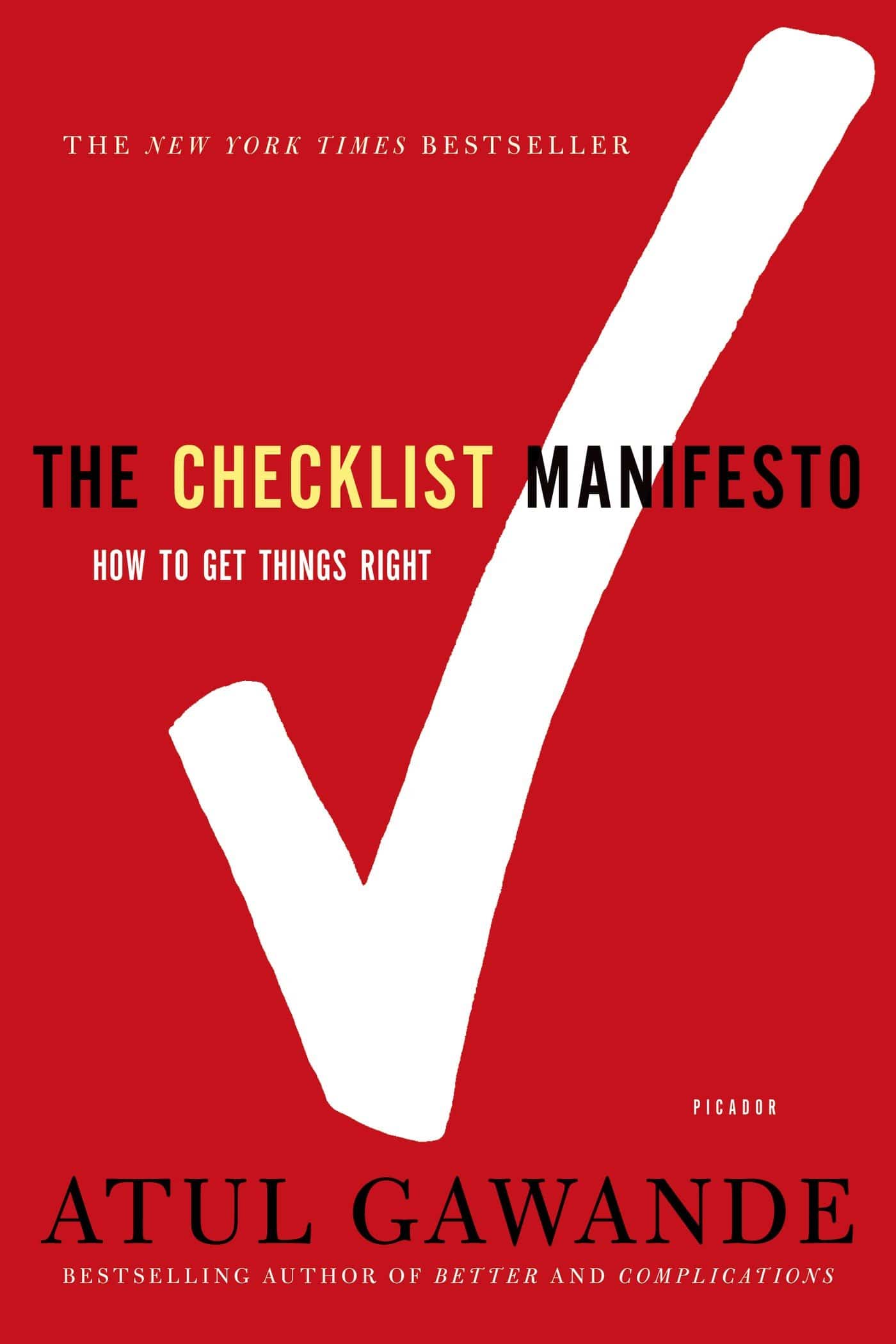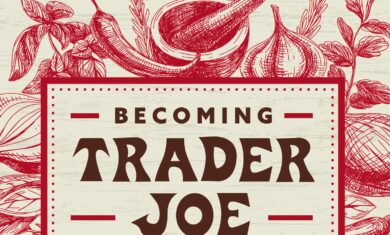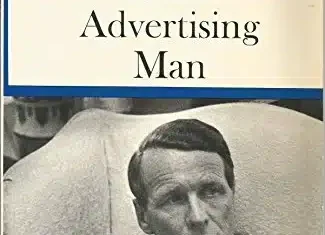The Checklist Manifesto is a book that I’ve been meaning to read for quite a long time. Many have suggested it, and I’ve finally read it.

It wasn’t really what I expected, but it was excellent. The focus of the book was on surgery and airplanes, and how checklists are critical to both.
In building GreenMellen over the past decade, we attribute much of our success to our early (and lucky) decision to put a big focus on processes. It started with our core web development process, which was been refined over the years, but now we have dozens of processes in place to help with all aspects of digital marketing.
We’ve been challenged by some clients over the years to break out of the process “so we’re not confined”, but we’ve been able to show how a solid process allows for 100% creative flexibility, while still making sure that we get the basics right.
Here are some of the highlights I pulled from the book:
To start, regarding the two types of failure…
The first is ignorance—we may err because science has given us only a partial understanding of the world and how it works. There are skyscrapers we do not yet know how to build, snowstorms we cannot predict, heart attacks we still haven’t learned how to stop. The second type of failure the philosophers call ineptitude—because in these instances the knowledge exists, yet we fail to apply it correctly. This is the skyscraper that is built wrong and collapses, the snowstorm whose signs the meteorologist just plain missed, the stab wound from a weapon the doctors forgot to ask about.
the volume and complexity of what we know has exceeded our individual ability to deliver its benefits correctly, safely, or reliably. Knowledge has both saved us and burdened us.
Faulty memory and distraction are a particular danger in what engineers call all-or-none processes: whether running to the store to buy ingredients for a cake, preparing an airplane for takeoff, or evaluating a sick person in the hospital, if you miss just one key thing, you might as well not have made the effort at all.
Checklists seem to provide protection against such failures. They remind us of the minimum necessary steps and make them explicit. They not only offer the possibility of verification but also instill a kind of discipline of higher performance.
The philosophy is that you push the power of decision making out to the periphery and away from the center. You give people the room to adapt, based on their experience and expertise. All you ask is that they talk to one another and take responsibility.
That routine requires balancing a number of virtues: freedom and discipline, craft and protocol, specialized ability and group collaboration. And for checklists to help achieve that balance, they have to take two almost opposing forms. They supply a set of checks to ensure the stupid but critical stuff is not overlooked, and they supply another set of checks to ensure people talk and coordinate and accept responsibility while nonetheless being left the power to manage the nuances and unpredictabilities the best they know how.
Good checklists, on the other hand, are precise. They are efficient, to the point, and easy to use even in the most difficult situations. They do not try to spell out everything—a checklist cannot fly a plane. Instead, they provide reminders of only the most critical and important steps—the ones that even the highly skilled professionals using them could miss. Good checklists are, above all, practical.
You must decide whether you want a DO-CONFIRM checklist or a READ-DO checklist. With a DO-CONFIRM checklist, he said, team members perform their jobs from memory and experience, often separately. But then they stop. They pause to run the checklist and confirm that everything that was supposed to be done was done. With a READ-DO checklist, on the other hand, people carry out the tasks as they check them off—it’s more like a recipe. So for any new checklist created from scratch, you have to pick the type that makes the most sense for the situation.
The checklist cannot be lengthy. A rule of thumb some use is to keep it to between five and nine items, which is the limit of working memory.
It is common to misconceive how checklists function in complex lines of work. They are not comprehensive how-to guides, whether for building a skyscraper or getting a plane out of trouble. They are quick and simple tools aimed to buttress the skills of expert professionals. And by remaining swift and usable and resolutely modest, they are saving thousands upon thousands of lives.
The fear people have about the idea of adherence to protocol is rigidity. They imagine mindless automatons, heads down in a checklist, incapable of looking out their windshield and coping with the real world in front of them. But what you find, when a checklist is well made, is exactly the opposite. The checklist gets the dumb stuff out of the way, the routines your brain shouldn’t have to occupy itself with.
That last one is what really brings it home for me and ties in to what I said at the top. A good checklist will help make sure you don’t miss any important steps, but won’t get in your way of making wise and creative decisions as needed.





I read “Checklist Manifesto” AFTER reading “Being Mortal,” also by Atul Gawande. Both are powerful, thoughtful books. Maybe we should swap bookshelves.